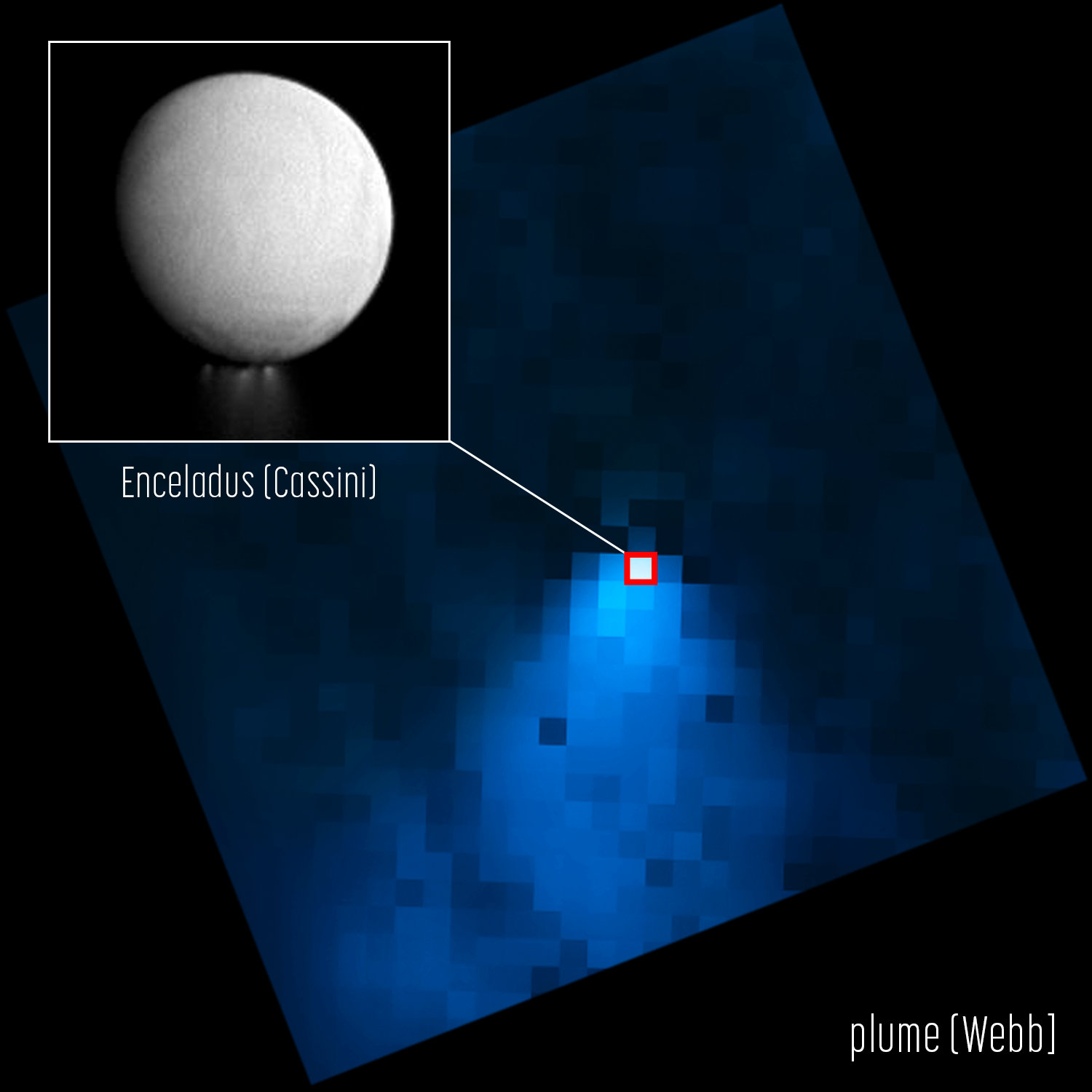Huge ‘plume’ seen coming out of nearby moon that could support alien life
Enceladus, which orbits around Saturn, might be the best hope for finding alien life
Your support helps us to tell the story
From reproductive rights to climate change to Big Tech, The Independent is on the ground when the story is developing. Whether it's investigating the financials of Elon Musk's pro-Trump PAC or producing our latest documentary, 'The A Word', which shines a light on the American women fighting for reproductive rights, we know how important it is to parse out the facts from the messaging.
At such a critical moment in US history, we need reporters on the ground. Your donation allows us to keep sending journalists to speak to both sides of the story.
The Independent is trusted by Americans across the entire political spectrum. And unlike many other quality news outlets, we choose not to lock Americans out of our reporting and analysis with paywalls. We believe quality journalism should be available to everyone, paid for by those who can afford it.
Your support makes all the difference.A vast plume has been seen coming out Enceladus, one of Saturn’s moons.
The satellite is one of the best hopes for finding life outside our own planet. It has salty water and other conditions that leave scientists to believe that it could support alien life.
Now the James Webb Space Telescope has watched a vast plume being ejected out of the planet. It found that the water shooting out of the planet is more than 20 times the size of the moon itself.
Researchers already knew that jets of water were spurting out of Enceladus. But the vast size of the one found by Webb led researchers to wonder whether they had made a mistake.

“When I was looking at the data, at first, I was thinking I had to be wrong. It was just so shocking to detect a water plume more than 20 times the size of the moon,” said lead author Geronimo Villanueva of NASA’s Goddard Space Flight Center in Greenbelt, Maryland.
“The water plume extends far beyond its release region at the southern pole.”
It wasn’t only the scale of the plume that was shocking in the data, however. Researchers also found that the amount of water gushing out is surprisingly large: some 79 gallons spurt out each second, enough to fill an olympic swimming pool in a couple of hours.
Scientists have already studied Enceladus in depth, in part because of the hope it presents for finding alien life. But most of those observations were conducted by the Cassini spacecraft, which flew around Saturn and its surrounding system, including taking a trip through the jets themselves.
But the Webb telescope offers another, different look at Enceladus and other objects within our solar system, combining a general view with high sensitivity to give new insights into the moon and its plumes.
“The orbit of Enceladus around Saturn is relatively quick, just 33 hours. As it whips around Saturn, the moon and its jets are basically spitting off water, leaving a halo, almost like a donut, in its wake,” said Villanueva. “In the Webb observations, not only was the plume huge, but there was just water absolutely everywhere.”
Over time, researchers hope to keep watching Enceladus, with a view to learning more about how the jets and the water they are formed out of changes on the moon.
“Right now, Webb provides a unique way to directly measure how water evolves and changes over time across Enceladus’ immense plume, and as we see here, we will even make new discoveries and learn more about the composition of the underlying ocean,” said co-author Stefanie Milam, from NASA Goddard.
“Because of Webb’s wavelength coverage and sensitivity, and what we’ve learned from previous missions, we have an entire new window of opportunity in front of us.”

Join our commenting forum
Join thought-provoking conversations, follow other Independent readers and see their replies
Comments